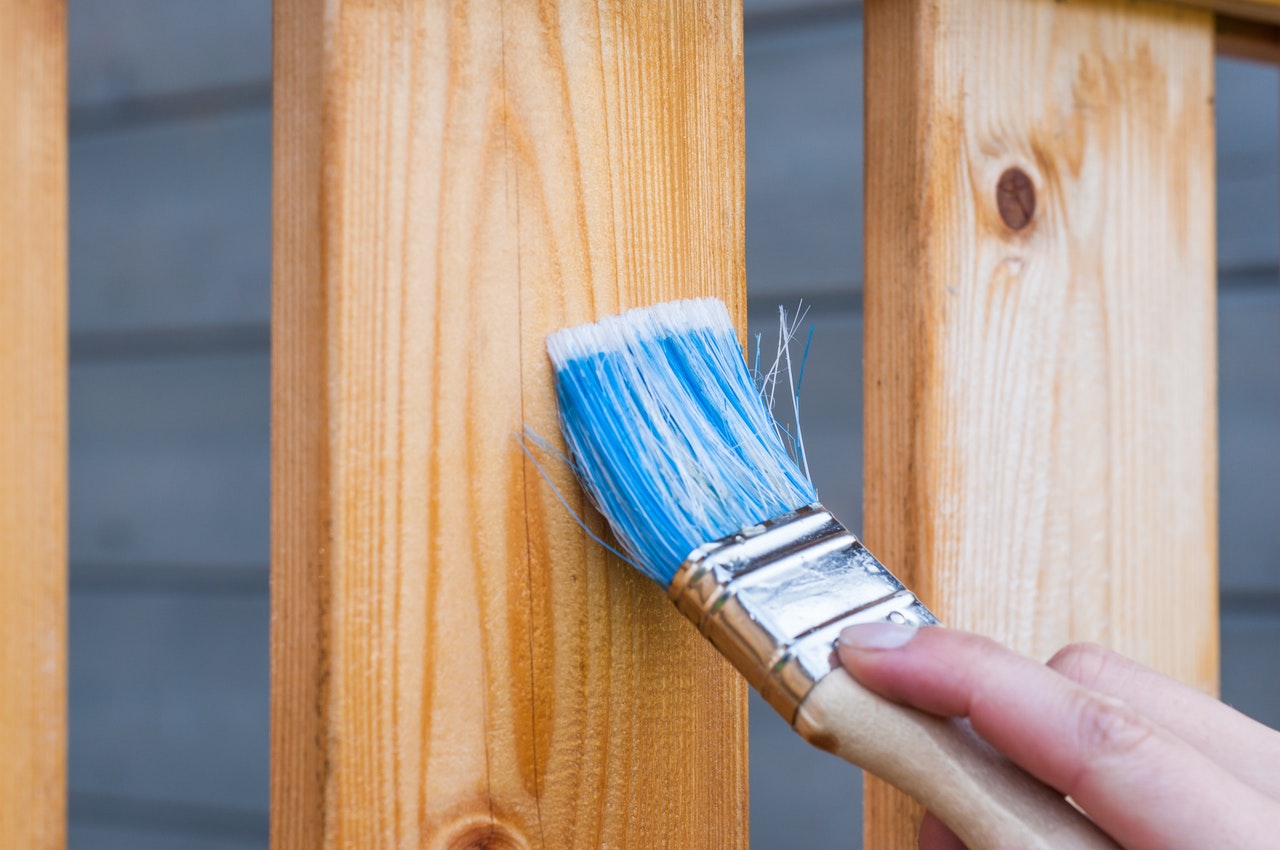The Difference Between Decking Oil And Stain
When it comes to decking oil or stain, which is the best? there is a wide selection of natural wood colours and different tones such as clear and natural. Depending on the type you use, whether it is a clear or a coloured cover oil, each has UV protection and helps to preserve your fences, coverings and wood surfaces. However, this article is going to tell you some of the differences between decking oil and stain.
Ceiling oil is available in natural and clear colours and penetrates the surface of the wood and the wood to protect the wooden decks. When you are outside, patio oil is great for preserving and protecting garden fences and wood panels, as it aims to penetrate wood and wood to ensure water resistance.
Ceiling oils are wood stains that protect the wood from weather, UV rays and other forms of decay. Ceiling stain and oil come in a wide variety of natural wood tones and colours and ceiling oils offer both clear and natural versions. Clear coatings and oil stains are great to accentuate the natural colour and character of the coating as they provide a clear finish.
Oil-based staining is used for all types of wood projects include garden furniture, fences, gazebos and decks. Oil stains can change the appearance of the wood, but a small test will show you what your flooring will look like. What distinguishes oil stains from stains that improve the appearance of floorboards is the change in wood colour, as oil reinforces the current colour you want to leave on your wood.
If the previous treatment was an oil stain, you may need to use it again, or you may want to switch to a water stain or use a stain removal agent to remove the previous surface. If the deck is already oiled, it is best to apply a few layers and then cut out any excess wood to test the final appearance of the stain. In general, oil-based deck stains last longer than water-based stains, but depending on wood type and weather conditions, some decks without stains can remain unprotected for too long.

If you want a covering stain that looks more natural or has a little more colour, it is important to protect the wood with a kind of water repellent before dyeing. Oiled floorboards in areas that are not oiled are a potential problem, as not all types of wood are suitable for oiling, and if you do not paint or dye an oiled deck, it can weather for several years. The wood used for your coverings requires regular maintenance to stay in good condition, and the best way to achieve this is to use a deck with oil stain.
It is advisable to test the cover oil and stain in inconspicuous areas before applying the first coat to ensure that the colour of the wood does not change. Keep an eye on the weather before you run your deck or treat it when you oil or dye it. Leave the flooring in the weather for three to six months, as it loses the natural oils that occur naturally in the wood, making the covering stain easier to penetrate into the wood.
Floorboard oils help your outdoor flooring to remain resistant to UV rays and water damage, nourish your flooring and fill the wood with natural oils. Cabot Deck exterior stains are the most durable stains you can choose, water and oil-based.
Decking oil and stain will both not last forever, it all depends on the types of decking how you use the oil and stain. The paragraphs above have illustrated the difference between decking oil and stain and the most crucial point is to understand the purpose of doing your deck.






